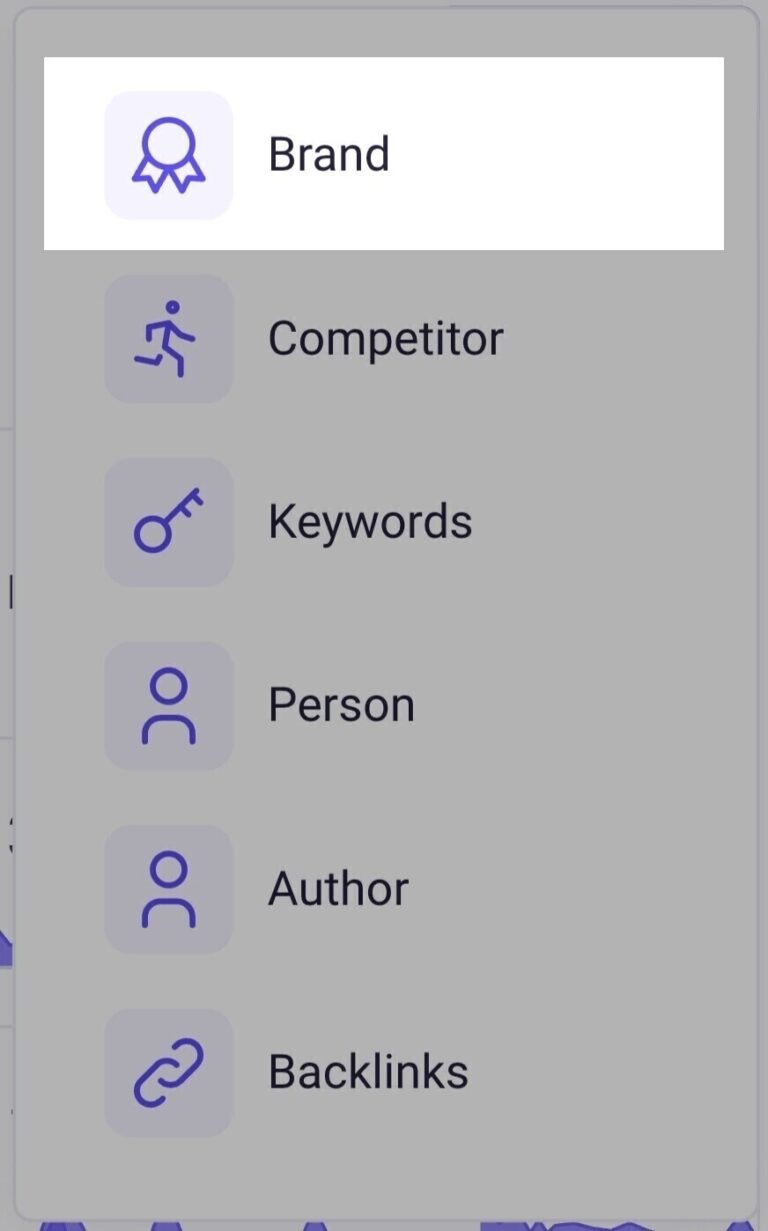What Is Link Building?
Link building stands as a pivotal component of search engine optimization (SEO), entailing the acquisition of hyperlinks from external websites directed to your own. Essentially, it’s akin to earning endorsements from other websites, validating the credibility and significance of your content through their links. These hyperlinks not only serve as pathways guiding users from one webpage to another but also communicate to search engines the authority and reliability of your site.
Link building acts as the construction of connections between various web pages throughout the internet. When esteemed websites link to your content, it signifies to search engines that your website holds merit as a valuable resource. Consequently, this can significantly enhance your website’s search engine rankings, leading to increased organic traffic. Nonetheless, it’s imperative to recognize that not all links carry equal weight; the quality and relevance of links are pivotal factors in crafting effective link building strategies.
Why Is Link Building Important?
Link building plays a crucial role in enhancing a website’s visibility and authority on the internet. Here’s why it’s so important:
Boosts Search Engine Rankings
Search engines like Google use algorithms to determine the relevance and authority of websites. One of the key factors in these algorithms is the number and quality of backlinks pointing to a website. Websites with a strong backlink profile tend to rank higher in search engine results pages (SERPs), leading to increased visibility and organic traffic.
Increases Website Authority
When reputable websites link to your content, it serves as an endorsement of your website’s credibility and expertise in a particular field. This helps to build your website’s authority within your industry or niche, making it a trusted source of information for both users and search engines.
Drives Referral Traffic
Aside from improving search engine rankings, links from other websites can also drive direct referral traffic to your site. When users come across links to your content on other websites or social media platforms, they’re more likely to click through to learn more, potentially leading to higher engagement and conversions.
Facilitates Relationship Building
Engaging in link building often involves reaching out to other website owners, bloggers, and influencers within your industry. This process not only helps to acquire backlinks but also fosters relationships with other professionals in your field. These connections can lead to collaboration opportunities, guest blogging opportunities, and further promotion of your content.
How To Build Links
Link building can be approached through various strategies, each with its own merits and challenges.
Ask for Links
Asking for links involves reaching out to other website owners, bloggers, or influencers within your industry and requesting them to link to your content. This method requires proactive outreach and effective communication skills. When asking for links, it’s crucial to identify websites that are relevant to your niche and likely to benefit from linking to your content. Personalize your outreach messages, highlighting the value your content provides to their audience and explaining why linking to it would be mutually beneficial. While this method may require some effort and persistence, it can yield valuable backlinks from reputable sources.
Add Links
Adding links involves strategically incorporating links to your own content within your website or blog. Internal linking, which involves linking to other pages within your website, helps to establish a hierarchical structure and guide users to relevant content. Additionally, external linking, or linking to authoritative external sources, can enhance the credibility of your content and improve user experience. When adding links, prioritize relevance and context, ensuring that the anchor text and placement of the links are natural and non-intrusive. By proactively adding links within your own content, you can effectively contribute to your website’s overall link profile.
Earn Links
Earning links involves creating high-quality, valuable content that naturally attracts backlinks from other websites. This method focuses on producing content that is informative, engaging, and shareable, thereby increasing the likelihood of it being linked to by others. To earn links, focus on creating content that fills a gap in the market, addresses common questions or pain points within your industry, or offers unique insights or perspectives. Promote your content through various channels, such as social media, email newsletters, and online communities, to maximize its reach and visibility. By consistently delivering valuable content that resonates with your target audience, you can attract natural backlinks and strengthen your website’s authority over time.
What Makes a Good Backlink?
Backlinks are essential components of a successful link building strategy, but not all backlinks are created equal. Here are several factors that contribute to the quality of a backlink:
Authority
A good backlink comes from a website with high authority and credibility in its respective industry or niche. Websites with strong domain authority are more likely to positively impact your own website’s search engine rankings. When evaluating potential backlink opportunities, prioritize websites with a strong reputation and a history of producing valuable content.

Relevance
Backlinks should come from websites that are relevant to your own content and industry. Links from relevant websites carry more weight in the eyes of search engines and are more likely to drive qualified traffic to your site. When building backlinks, focus on acquiring links from websites that share similar themes, topics, or target audiences as your own.
Placement
The placement of a backlink within a webpage can also influence its effectiveness. Ideally, backlinks should be placed within the main body content of a webpage, rather than in sidebars, footers, or other less prominent areas. Backlinks placed within the main content are more likely to be noticed by users and search engine crawlers, resulting in greater visibility and impact.

Anchor Text
The anchor text of a backlink plays a crucial role in signaling the relevance and context of the linked content. Anchor text should be descriptive and relevant to the content it’s linking to, rather than generic or keyword-stuffed. Natural, well-optimized anchor text enhances the user experience and helps search engines understand the relationship between the linked pages.

Nofollow vs. Follow
Backlinks can be categorized as either “nofollow” or “follow” links, depending on how they are attributed. Follow links pass authority and PageRank from the linking page to the linked page, while nofollow links signal to search engines that the linked page should not receive any ranking benefits. While follow links are generally more valuable for SEO purposes, a diverse backlink profile that includes both follow and nofollow links appears more natural and balanced.
Best Backlink Building Strategies
Effective link building is essential for improving your website’s authority and search engine rankings. Here are some of the best strategies for building high-quality backlinks:
1. Outreach
Outreach involves reaching out to other website owners, bloggers, and influencers within your industry to request backlinks or collaboration opportunities. Personalized outreach messages that highlight the value of your content can help you secure valuable backlinks from authoritative sources.
2. Become a Source
Position yourself as an expert in your field by offering your insights and expertise to journalists, bloggers, and reporters. By becoming a source for industry-related news and articles, you can earn valuable backlinks when your contributions are cited and linked to.

3. Broken Link Building
Broken link building involves finding broken links on other websites and reaching out to the site owners to suggest replacing them with links to your own content. This strategy not only helps to improve the user experience but also provides an opportunity to gain relevant backlinks.

4. Create Linkable Assets
Produce high-quality, valuable content that naturally attracts backlinks from other websites. Linkable assets such as comprehensive guides, research studies, infographics, and interactive tools are more likely to be linked to and shared by other websites, thereby enhancing your backlink profile.
5. Find Unlinked Brand Mentions
Monitor mentions of your brand or website across the web using tools like Google Alerts or Mention. When you come across unlinked brand mentions, reach out to the website owners and request that they add a link to your site to improve the accuracy and completeness of the mention.

6. Examine Competitor Backlinks
Analyze the backlink profiles of your competitors to identify potential link building opportunities. Look for websites that are linking to multiple competitors but not to your own site, and reach out to them to request backlinks or collaboration.
7. Reclaim Lost Backlinks
Monitor your website’s backlinks regularly to identify any lost or broken links. Reach out to the website owners and request that they restore the lost backlinks, helping to maintain the integrity of your backlink profile.
8. Backlink Gap Analysis
Conduct a backlink gap analysis to identify gaps in your backlink profile compared to your competitors. Look for opportunities to acquire backlinks from websites that are linking to your competitors but not to your own site, and devise strategies to secure those backlinks.
Keep Track of Your Link Building Efforts
Tracking your link building efforts is crucial for evaluating the effectiveness of your strategies and identifying areas for improvement. By keeping detailed records of the backlinks you’ve acquired, outreach efforts you’ve undertaken, and results you’ve achieved, you can gain valuable insights into what’s working and what’s not. Utilize tools such as spreadsheets, link tracking software, or project management platforms to organize your data and monitor your progress over time. Regularly review your link building metrics, such as the number of new backlinks acquired, the quality of those backlinks, and changes in your website’s search engine rankings, to gauge the success of your efforts. Adjust your link building strategy as needed based on your findings to ensure continued growth and success in building a strong backlink profile.
